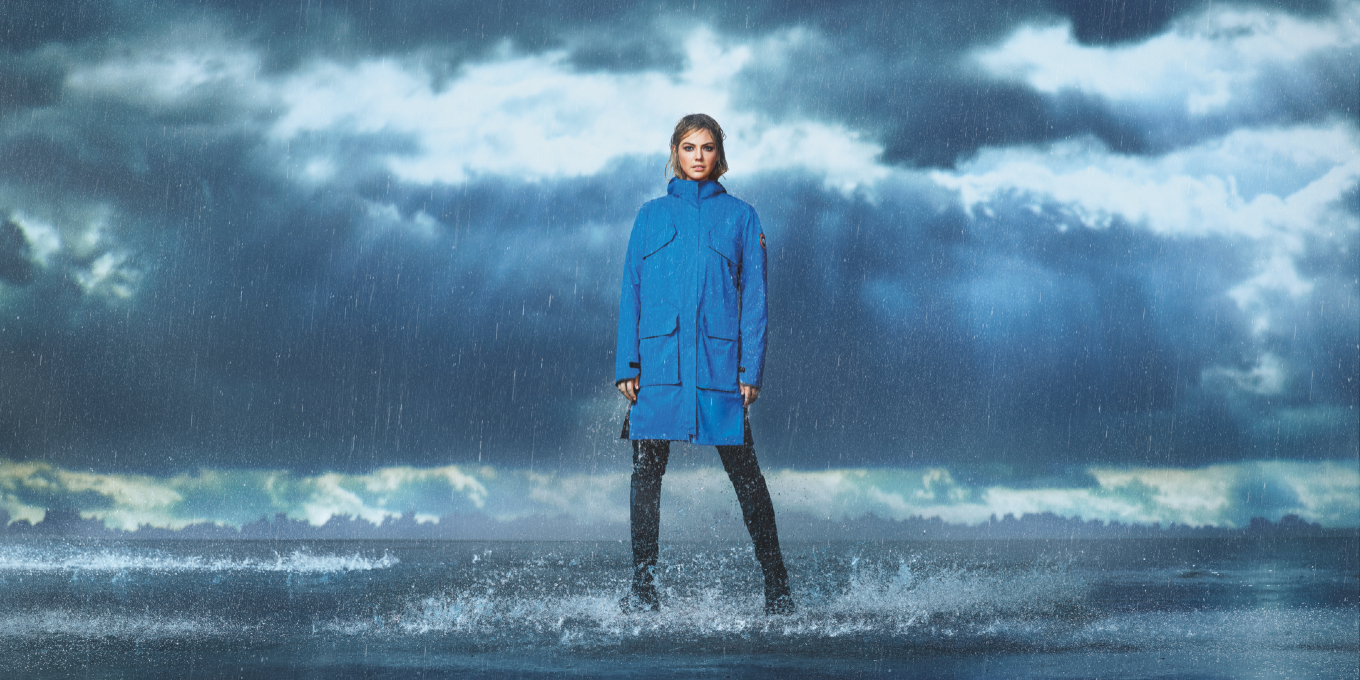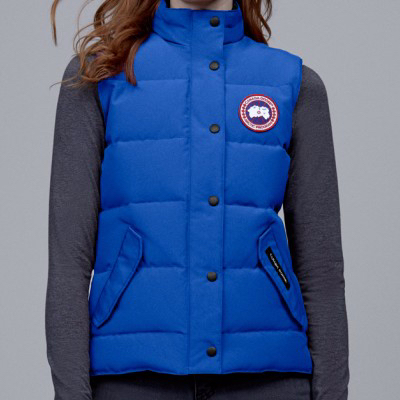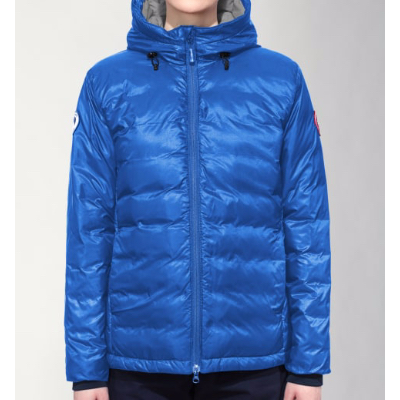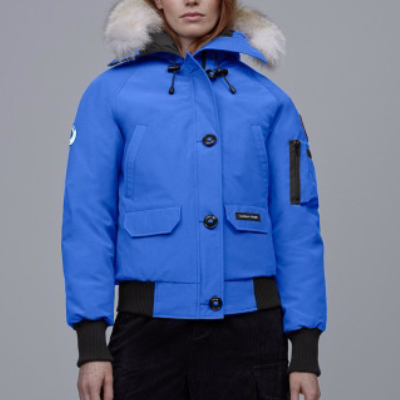Shopping
Canada Goose's Spring Collection Supports Polar Bear Conservation
A portion of the proceeds will support research and the preservation of habitats.
by : Erica Ngao- Mar 31st, 2020

Canada Goose
Most people use Google Maps to find their way to a new restaurant or their next meeting. Not the researchers at Polar Bears International (PBI), a non-profit organization in Winnipeg that’s dedicated to the conservation of the species. They use online maps to follow the paths of 11 polar bears that have been outfitted with satellite collars as they travel thousands of kilometres each year in search of food and mates. Their journeys are represented as multicoloured squiggly lines over the icy expanse of Hudson Bay, and the ongoing project is one of several in which scientists use the data to study the bears’ movements, their habitat use and, ultimately, how they’re affected by climate change.
Since its inception, the organization has been working together with another familiar tundra mainstay: Canada Goose, the Toronto-born outerwear company that has long been an essential for those who live in, or traverse, the coldest regions on earth. Back in 2018, the brand debuted a capsule of vivid blue (a colour inspired by sea ice) winter jackets, with a portion of sales going toward the advocacy group. Now, Canada Goose is launching its first-ever spring PBI collection, with model and PBI ambassador Kate Upton as the face of the campaign.
“We take the same approach to everything we design: function first,” says Karuna Scheinfeld, vice-president of design at Canada Goose, on creating the line of rainwear. “Spring weather is always changing, and we’re often moving between environments.” Because of this, the new pieces are completely waterproof and breathable at the same time and have stretch for range of movement. “There’s nothing worse than a stiff, restrictive jacket,” adds Scheinfeld. Signature details like double reflective stripes and utility pockets are reminders of Canada Goose’s enduring heritage.
“It represents passion, purpose and a shared commitment and vision for polar bears, the environment and the north,” says Krista Wright, PBI’s executive director, of the organization’s relationship with Canada Goose. This year, PBI’s work will span the Arctic, from a den-behaviour study in Svalbard, Norway, to an exploration of new technology in Churchill, Man. (also known as the polar bear capital of the world), for detecting bears when they approach communities. According to the International Union for the Conservation of Nature, polar bears are classified as “vulnerable,” with sea-ice loss due to global warming being the biggest threat to their survival. Wright believes that whether it’s by making an effort to reduce carbon emissions in our daily lives, voting for policy changes or wearing one’s support, everyone has a role to play. “By taking action, we will not only help polar bears but also improve conditions for people.”
This article originally appeared in the March 2020 issue of ELLE Canada. Subscribe here.
READ MORE:
The Silk Scarf is the Must-Have Accessory for Spring
Newsletter
Join our mailing list for the latest and biggest in fashion trends, beauty, culture and celebrity.
Read Next

Fashion
H&M's Latest Designer Collab With Rokh Just Dropped (And It's So Good)
We chatted with the emerging designer about the collaboration, his favourite pieces and more.
by : Melissa Fejtek- Apr 18th, 2024

Culture
5 Toronto Restaurants to Celebrate Mother’s Day
Treat your mom right with a meal at any of these amazing restaurants.
by : Rebecca Gao- Apr 18th, 2024

Fashion
This Jewellery Brand Has a Whole New Look And It’s Everything
Here are the seven pieces we’re coveting.
by : ELLE Canada- Apr 10th, 2024







